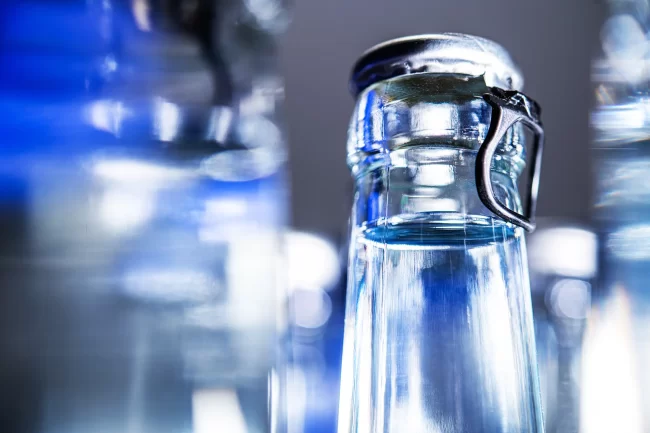Chlorine Dioxide for Biofilm Control in Water Systems
Biofilm is a persistent and often overlooked issue in water distribution systems. Composed of colonies of microorganisms, biofilms thrive on the inner surfaces of pipes and water storage tanks, providing a safe haven for harmful bacteria, viruses, and pathogens. Left untreated, biofilm can compromise water quality, lead to foul odours, and create serious health risks.…









